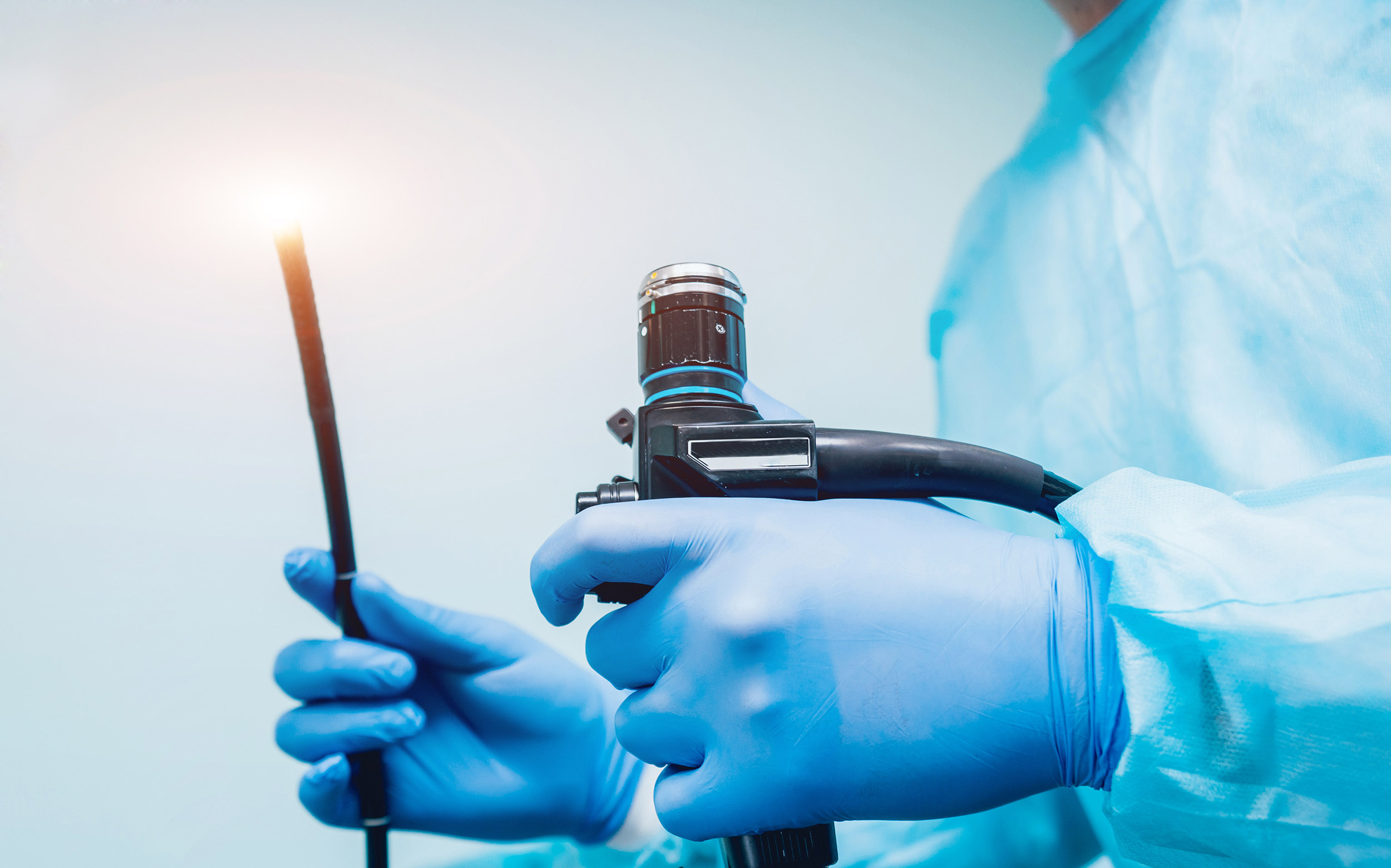
Contamination issues stemming from inadequate reprocessing are not limited to duodenoscopes and their elevator mechanisms.
That’s the conclusion reached in a recent study, even though such issues are most well-documented with duodenoscopes and their complex designs.
The authors conducted a meta-analysis of studies published between 2010-20 investigating contamination rates of gastrointestinal endoscopes. Twenty fulfilled all inclusion criteria, including 1,059 identified positive cultures in 7,903 samples. The total contamination rate was found to be 19.98 percent, breaking down across various endoscope channels as:
The contamination rates among studies done in the U.S. was 6.01 percent and 18.16 percent for those conducted in Europe. Five studies were conducted in Asia and another in Canada.
“These findings might reflect the increasing awareness of the risk of contaminated endoscopes and development of FDA guidelines leading to stricter adherence to reprocessing guidelines,” the authors write. “However, most of the communications related to endoscope reprocessing has concerned duodenoscopes with a special focus on the elevator, which does not explain why the contamination rate beyond the elevator channel was lower than that of other countries as well.”
The analysis included a pair of authors who are employed by Ambu A/S, a single-use endoscope manufacturer and creator of the Single-Use Endoscopy learning center.
The findings, they write, show that elevator mechanisms are not the only obstacle to reprocessing reusable endoscopes and guidelines should recommend more surveillance of scope channels, too.


